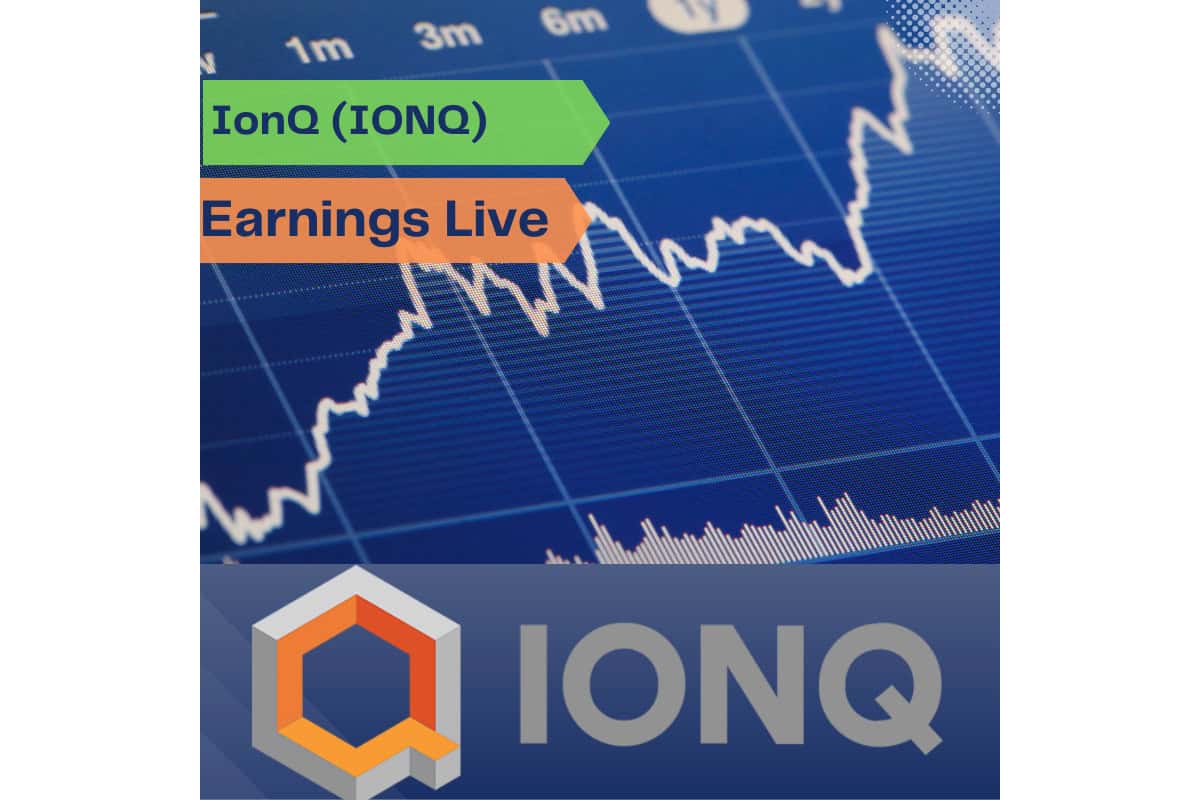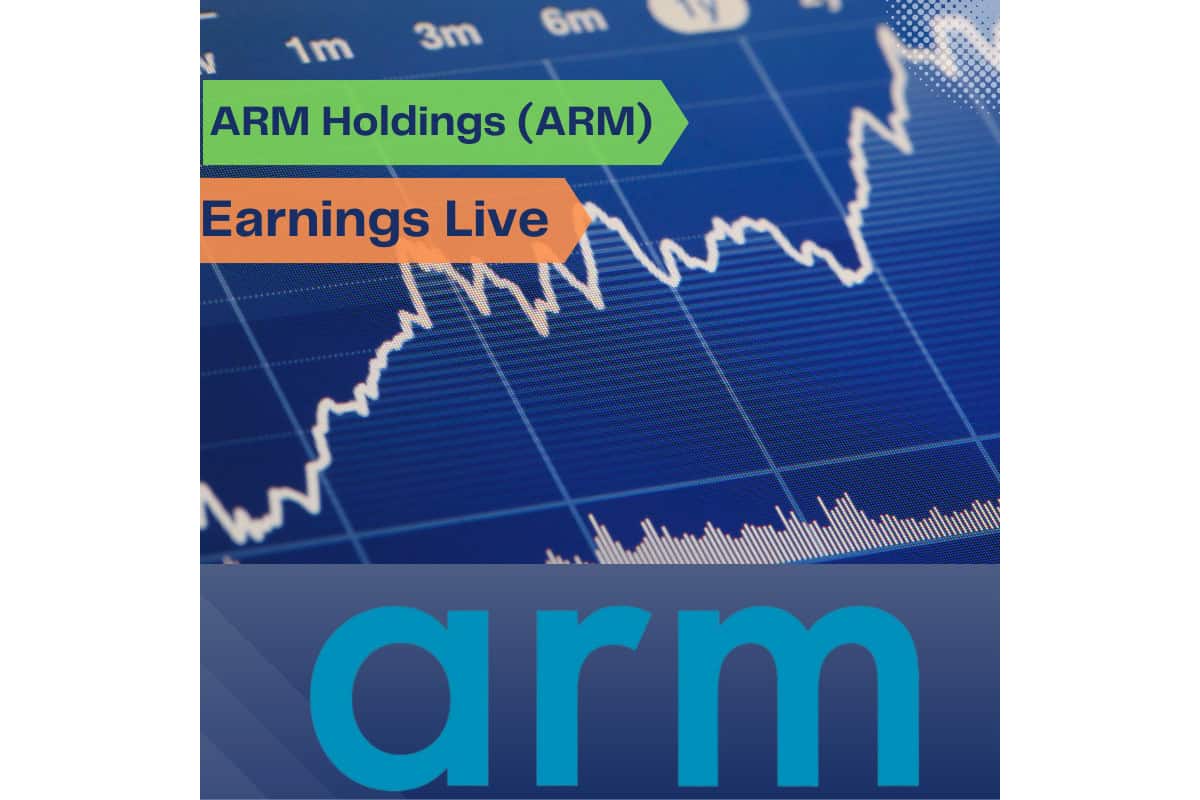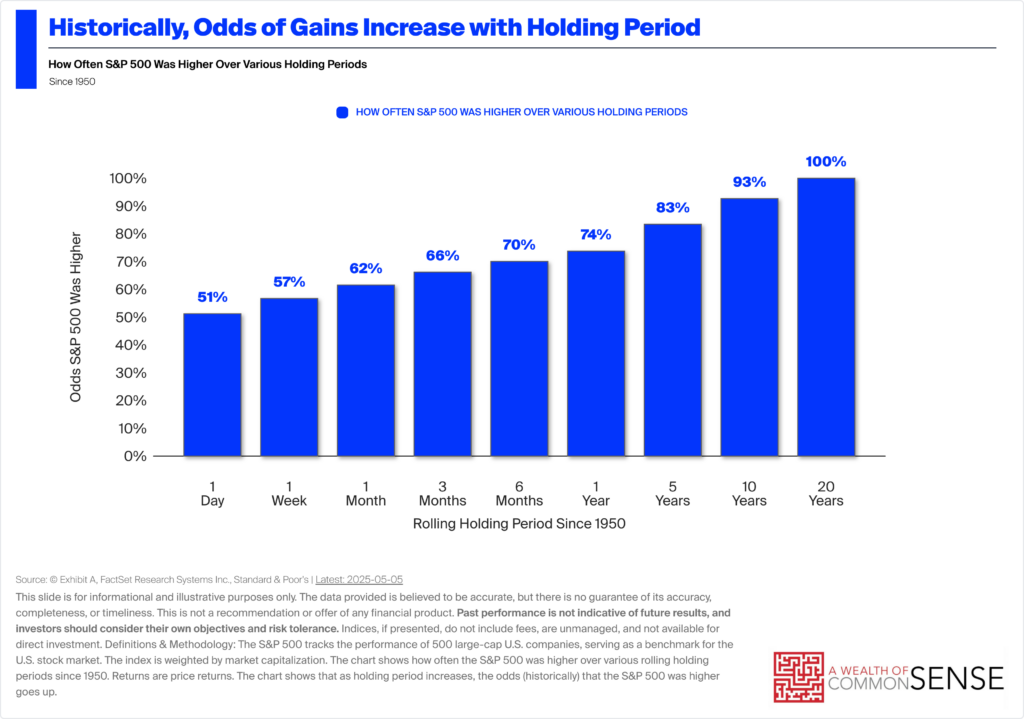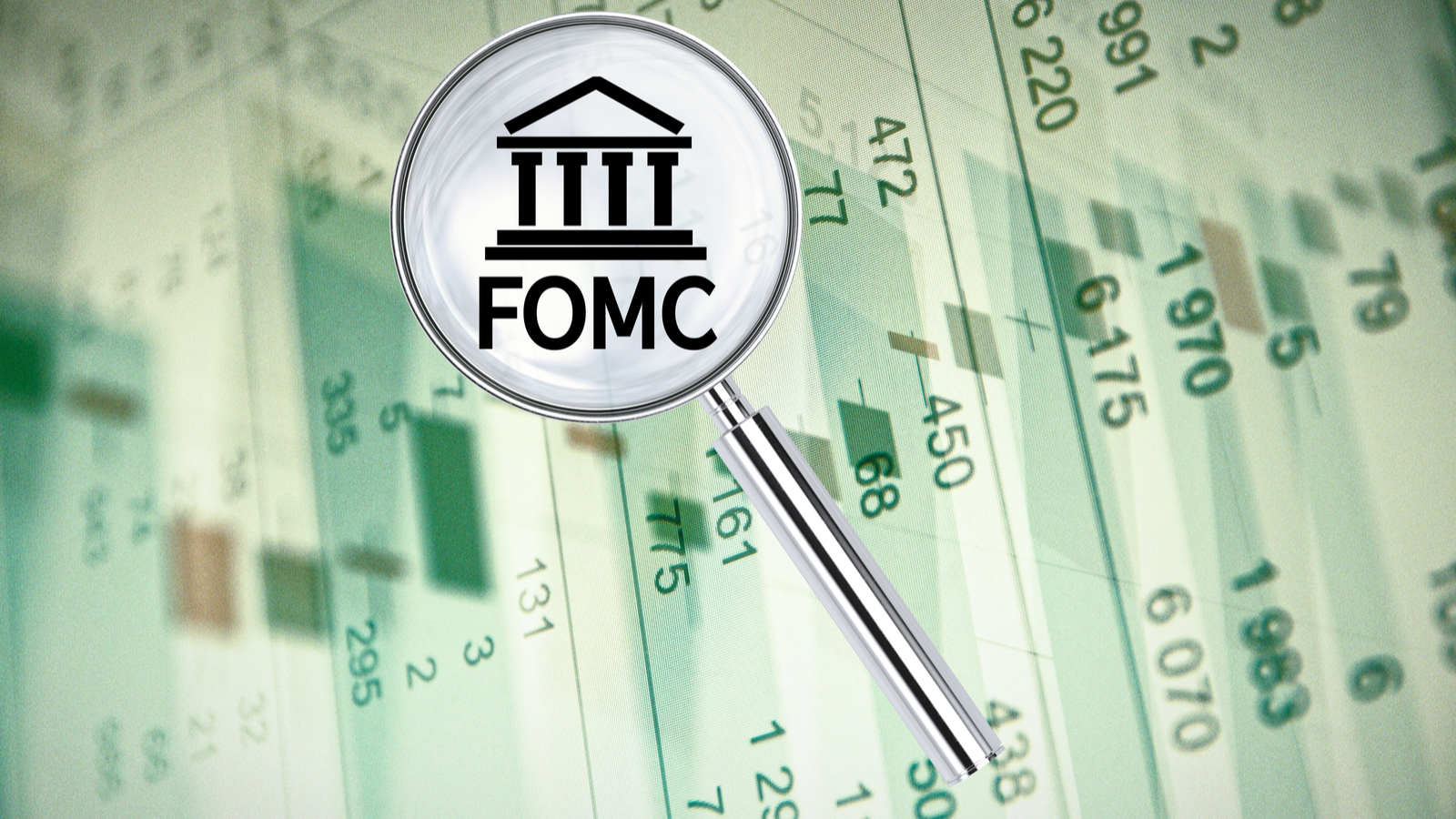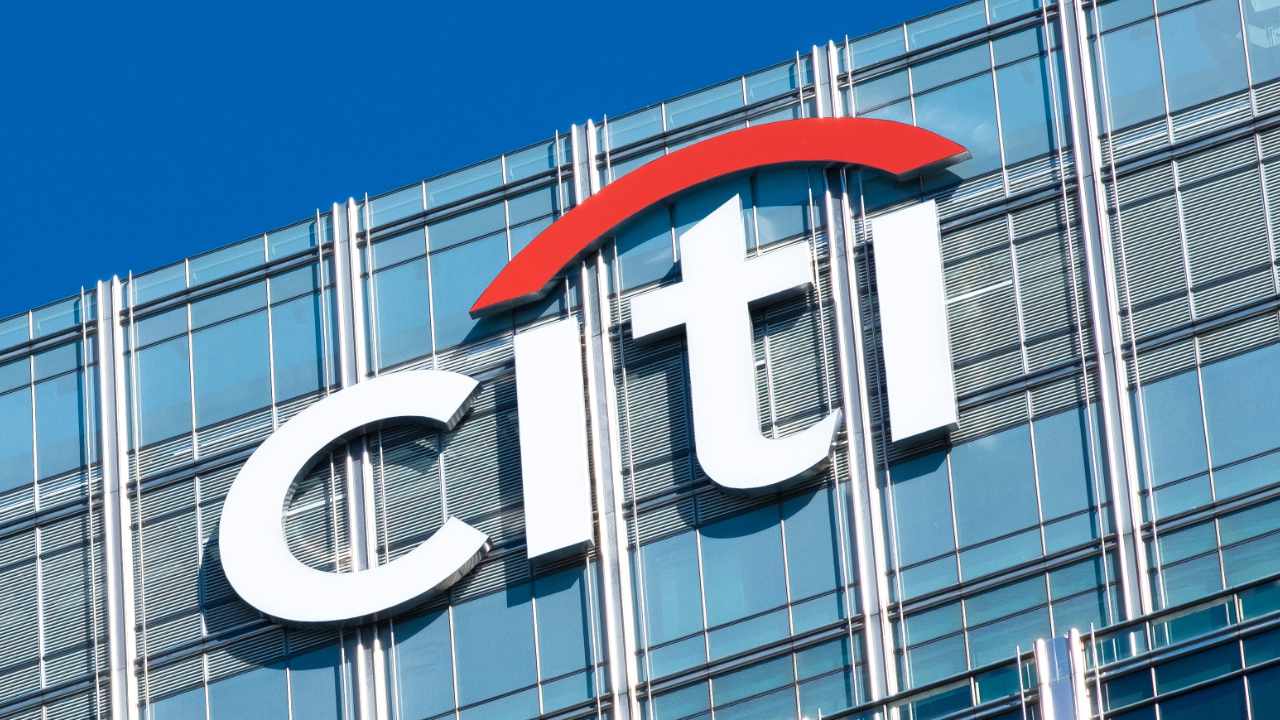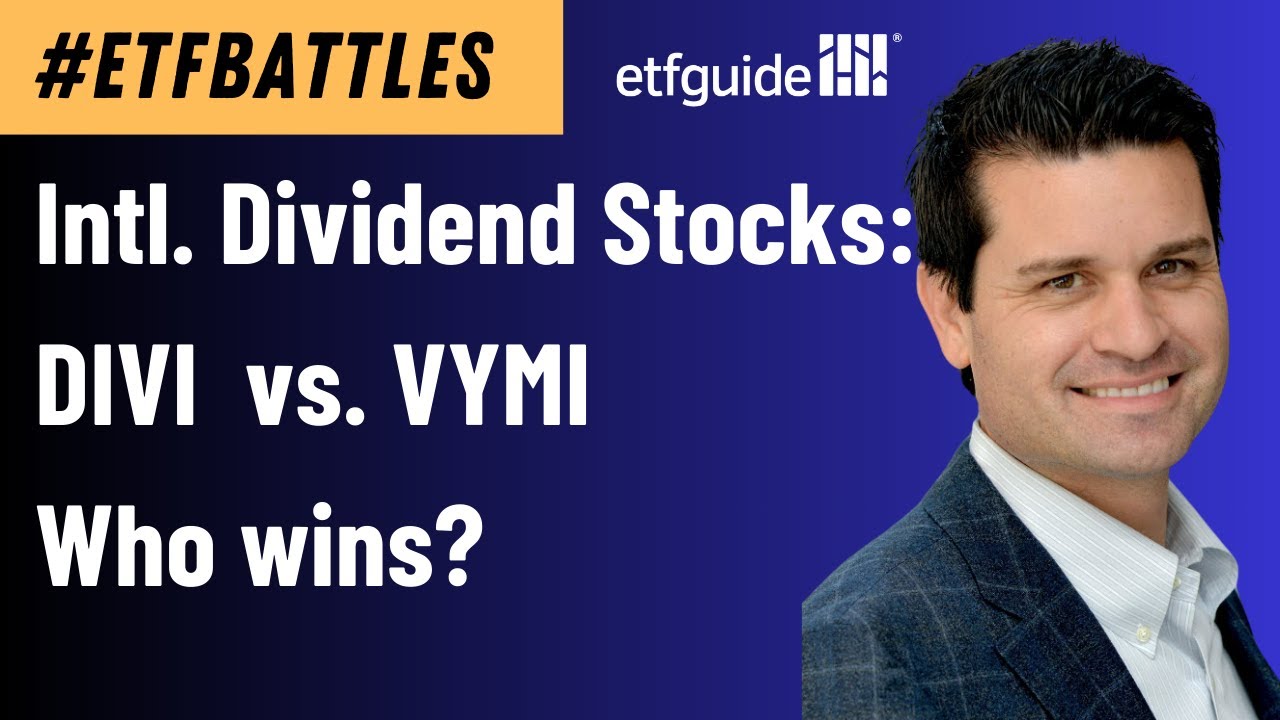I Switched from SPY to These 3 ETFs for a More Resilient Portfolio
The SPDR S&P 500 ETF Trust (NYSEARCA:SPY) is a cornerstone investment for most portfolios, offering broad exposure to the 500 largest U.S. companies across diverse sectors like technology, healthcare, and finance. With a low expense ratio and a historical annualized return of 10% over decades, SPY provides stability, liquidity, and consistent growth, making it ideal […] The post I Switched from SPY to These 3 ETFs for a More Resilient Portfolio appeared first on 24/7 Wall St..

The SPDR S&P 500 ETF Trust (NYSEARCA:SPY) is a cornerstone investment for most portfolios, offering broad exposure to the 500 largest U.S. companies across diverse sectors like technology, healthcare, and finance.
24/7 Wall St. Insights:
-
The SPDR S&P 500 ETF Trust (SPY) is a solid, all-around choice for investors to own as it mimics the S&P 500 index that has returned 10% annually for decades.
-
SPY’s focus on mega-cap stocks, particularly in the tech sector, heightens risk in today’s volatile markets.
-
Investors looking for greater diversification with long-term capital appreciation potential can find ETFs with unique advantages to take them beyond just the biggest of the big stocks.
-
Nvidia made early investors rich, but there is a new class of ‘Next Nvidia Stocks’ that could be even better. Click here to learn more.
With a low expense ratio and a historical annualized return of 10% over decades, SPY provides stability, liquidity, and consistent growth, making it ideal for long-term wealth-building. Its diversification mitigates individual stock risk, while tracking the S&P 500 ensures alignment with the U.S. economy’s overall performance.
For novice and seasoned investors alike, SPY’s simplicity and reliability make it a go-to choice in volatile markets.
However, SPY’s broad-market approach may not suffice for those seeking higher growth or targeted exposure. Its heavy weighting toward mega-cap tech stocks can limit upside in emerging sectors. Investors may find greater potential in specialized ETFs that offer superior historical performance and diversification across high-growth industries, capturing opportunities SPY might miss.
Invesco S&P 500 Equal Weight ETF (RSP)
Think of the Invesco S&P 500 Equal Weight ETF (NYSEARCA:RSP) as the same, but different alternative to the SPDR S&P 500 ETF Trust. Unlike SPY, which is market-cap weighted and heavily skewed toward mega-cap tech stocks (over 30% of its portfolio are tech behemoths), RSP equally weights all 500 S&P 500 companies, ensuring no single stock dominates.
This approach, with a 14.1% five-year annualized return, often outperforms SPY during periods when smaller or mid-cap firms lead, as expected amid 2025’s domestic growth policies. RSP’s 0.20% expense ratio, while higher than SPY’s 0.09%, is justified by its balanced sector exposure. Industrial comprises almost 16% of the portfolio and financials almost 15%, while tech is less than 14%, helping reduce concentration risk.
Year-to-date RSP is down 2.7%, but that’s better than the 4.7% drop by SPY, reflecting its resilience in volatile markets. By capturing broader market gains and mitigating tech-sector volatility, RSP offers stability and growth potential. For investors wary of SPY’s tech reliance, RSP’s diversified structure makes it a smarter choice for long-term outperformance.
iShares MSCI Global Gold Miners ETF (RING)
The second alternative to SPY inventors should consider is the iShares MSCI Global Gold Miners ETF (NASDAQ:RING) as it offers unique diversification and growth potential by focusing on major gold mining companies like Newmont (NYSE:NEM) and Barrick Mining (NYSE:GOLD).
With gold prices soaring to around $3,400 per ounce amid elevated inflation and geopolitical uncertainty, RING’s 54% year-to-date return far outpaces SPY’s decline. Its 0.39% expense ratio is reasonable for its specialized exposure while RING’s global portfolio mitigates U.S.-specific risks. It provides a safe-haven hedge against market volatility and tariff-driven disruptions that could impact SPY.
While SPY offers stability, RING capitalizes on the precious metals rally, delivering higher upside in uncertain times. For investors seeking diversification and inflation protection, RING is a superior choice over SPY’s broader, tech-heavy exposure.
Vanguard Small-Cap Growth ETF (VBK)
The final ETF alternative is Vanguard Small-Cap Growth ETF (NYSE:VBK), another excellent alternative to the SPDR S&P 500 ETF Trust or investors seeking higher growth in 2025.
Unlike SPY, VBK targets dynamic small-cap growth firms in sectors like technology and healthcare. Liberty Media (NASDAQ:FWONK) and RB Global (NYSE:RBA) are its two largest holdings, but they account for less than 1% of the total each.
With a 7.8% five-year annualized return, VBK can capitalize on domestic trends like infrastructure spending and reshoring, where small-caps often outperform. Small-cap stocks were hit hard by inflation and high-interest rates because they don’t have the same access to financial resources as their larger brethren do, their borrowing costs are higher, which hurt returns over the last few years. While the Federal Reserve may not cut rates at its next meeting, more cut are expected this year and over the next few years, providing a boost to the sector.
VBK features Vanguard’s famed ultra-low costs, with a 0.07% expense ratio, enhancing returns. Its diversified portfolio of 579 holdings reduces individual stock risk while offering exposure to innovative, high-upside companies less represented in SPY.
In a market favoring agile firms over mega-caps, VBK’s focus on small-cap growth provides superior potential. For investors seeking cost-efficiency and outperformance in a growth-driven economy, VBK is a smarter choice than SPY.
The post I Switched from SPY to These 3 ETFs for a More Resilient Portfolio appeared first on 24/7 Wall St..


































